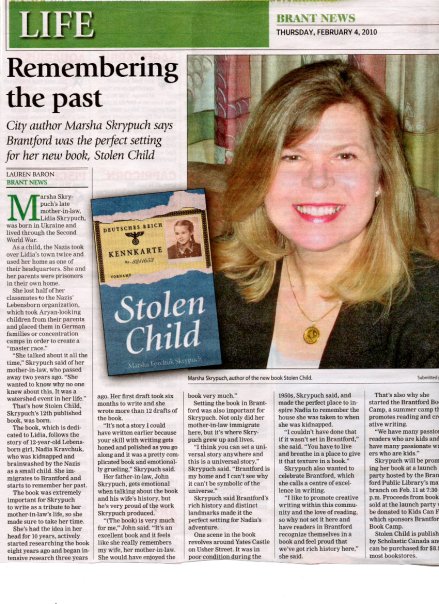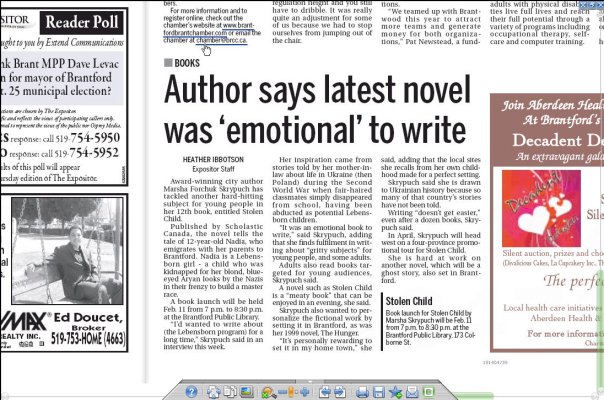A participant in my online private crit group recently asked:
I’m wondering if you would clarify something for me about your approach to writing. On your web site, in your critiques of others, and again with your advice on my last posting, you come down pretty hard against dialogue. I can see why in many cases. A lot of us have the habit of using dialogue in place of exposition, and it ends up sounding wooden and slowing down the story. That’s one of my biggest challenges, I think.
But it seems to me that there is another type of dialogue — one that is in itself the action. If two people are having a verbal disagreement, that’s action. If someone is threatening someone, that’s action. So long as you keep the dialogue on the matters of the here-and-now, and resist the temptation to use it for backstory, isn’t it part of a "scene" rather than "exposition" or "narrative"?
What are your thoughts on this?
Here’s my answer:
Of course dialogue can be in an action scene and it can be used to progress the action. That’s not how you’re using it. If you did a point form list of the actions your character makes during the dialogue, you’ll see that they’re talking heads.
I have taught many writing workshops in addition to what I do here and there is a distinct pattern in the progression of writers who are working on first novels. Here’s what I’ve noticed:
1. Talking head syndrome.
The over-reliance on dialogue indicates to me that the writer hasn’t mastered some of the other techniques for story progression. I’ve seen dialogue being used instead of an action scene, instead of a flashback (which is essentially an action scene), and most commonly, I’ve seen dialogue used to tell backstory. My five word rule for dialogue on my website is a measuring tool. I posted that so that people could check their own dialogue and see whether they were doing this stuff or not.
2. Unclear point of view.
This can be head-hopping, where the narration meanders between a number of people in the room, or it can be a narration from several people at once — "we did….". First person is the most immediate and the one that first novel writers gravitate towards but it is also the most difficult one to pull off effectively. A third person intimate perspective is very close to first person, but it gives you the ability to change points of view in alternating chunks when you need to — ie — writing a chapter from someone else’s point of view. This can also be done with two first person Ps of V, but is harder to pull off and perhaps shouldn’t be attempted until a subsequent novel.
3. Beginning a story with backstory rather than plunging into action.
Writers have all sorts of interesting snippets of research and background material on their characters and stories and there is a great temptation of sharing all of that with the reader. Only 2% of what you want to be in your story should end up in your story. The writer will know the rest, but will keep it and dole out snippets like gold. But there is this tendency in first novel writers to want to start way too early in a story, or give a prologue which is another form of backstory.
4. Giving too much information.
A painting with some canvas showing through is more intriguing that a photographic rendering of a subject. In the same way, a story is more intriguing by what you hold back as much as by what you show. That’s what causes pull and mystery. No matter what the genre, there has to be something there to propel the reader to want more.
5. Undeveloped characters.
Each person in a story must be unique within themselves. A key indicator that they’re not is when there is that "we" POV. What makes a character distinctive? Their inner life. Their thoughts and desires. For every character, you must know what they want, what they love and what they need. A story is all about one character’s wants/loves/needs clashing with another character’s wants/loves/needs.
6. Lack of precision in concrete detail.
And by this I don’t mean than one should list everything in a room, or what a person is wearing or what a person looks like. One small unique item can say so much about a character or circumstance. For example, who cares if someone has blue eyes? Is that a character trait? But if a person’s thumbnail is bitten down to the quick, that shows a lot about the person’s character and circumstances without the writer having to tell it.




